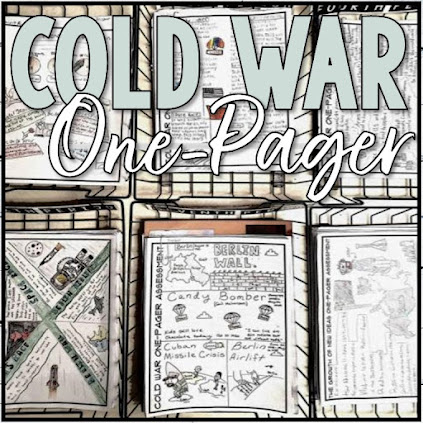Stereotypes, Prejudice, Discrimination: Notes
Stereotypes:
A "stereotype" is a generalization about a person or group of persons. We develop stereotypes when we are unable or unwilling to obtain all of the information we would need to make fair judgments about people or situations.
In the absence of the "total picture," stereotypes in many cases allow us to "fill in the blanks." Our society often innocently creates and perpetuates stereotypes, but these stereotypes often lead to unfair discrimination and persecution when the stereotype is unfavorable.
A stereotype is a way we simplify our world. It is a short-hand way we deal with complex events. Stereotypes become dangerous when they leave us blind to individual differences.
Prejudice:
A negative or hostile attitude toward another social group
Discrimination:
Refers to an unfavorable action, behavior, outcome or treatment
Effects:
Less access to:
-approval and popularity
-rights and privileges (marriage, clubs, jobs)
-power, knowledge
Exposure to social risks:
-victimization through violence (hate crimes)
-suspicion and blame for crimes (racial profiling, DWB)
-rejection, alienation and isolation, which contributes to low self esteem, self-hatred and self-destructive behavior
-economic exploitation and oppression (lower pay, less likely to be promoted, less desirable positions/jobs)
Examples in history have been:
* African-Americans being forced to ride in the back of the bus
* German Jews being required to wear a yellow "Star of David"
* minorities being referred to by pejorative slang names
* minorities being the subject of jokes which poke fun at the target's race, religion, or ethnic origin, and which rely on stereotypes
* Japanese-Americans being isolated in camps during World War II
* Native Americans having their land confiscated in violation of treaties, being the victims of government-sponsored massacres, and being placed on reservations.
Racism:
Racism of the past - overt
Racism today - subtle, hidden, difficult to combat
Examples of Modern Racism:
Cultural
-Foreigners (People of color are perceived as not being American)
-Rightness of Whiteness (renaming Native American named lakes, lands, etc.) ethnocentrism - white/western norm/standard
Individual Racism
-Denial (Brown v. Board and cases like this, solved racial problems)
-Avoidance (white flight)
-Blaming the Victim (urban poor need to "get a job")
Institutional Racism
-Employment (word of mouth, seniority system)
Discuss the "Resume Study" University of Chicago/MIT
-Housing (steering, red-lining)
-Education (few minority teachers and professors, curriculum, affirmative action)
-Politics
Hate crime
A bias motivated crime in which the offender is motivated by a characteristic of the victim as a member of some group toward which the offender feels animosity.
Why? Some perpetrators resent the growing power of a particular racial or ethnic group.
Others believe they are ridding the world of some perceived evil.
Most are spur-of-the-moment attacks often fueled by drugs/alcohol
Hate crimes send a message to all members of a perceived group.
The key questions is motivation.
Clues:
Offensive symbols?
Offensive language?
Prior history?
Involvement with a hate group?
Victim different from other potential victims?
other motives absent?
Penalty enhancements
A bias motivated crime in which the offender is motivated by a characteristic of the victim as a member of some group toward which the offender feels animosity.
Why? Some perpetrators resent the growing power of a particular racial or ethnic group.
Others believe they are ridding the world of some perceived evil.
Most are spur-of-the-moment attacks often fueled by drugs/alcohol
Hate crimes send a message to all members of a perceived group.
The key questions is motivation.
Clues:
Offensive symbols?
Offensive language?
Prior history?
Involvement with a hate group?
Victim different from other potential victims?
other motives absent?
Penalty enhancements
Links:
Teaching Tolerance Resource/Activity:
http://www.tolerance.org/activity/test-yourself-hidden-bias
CNN: Special Investigations Unit
The Display of Nooses in America
Do you think it is a symbol of hate? Why or why not? How would you respond to those who considered the hanging of a noose in a tree in front of the Jena High School a "prank." (What is a "prank"?)


Comments